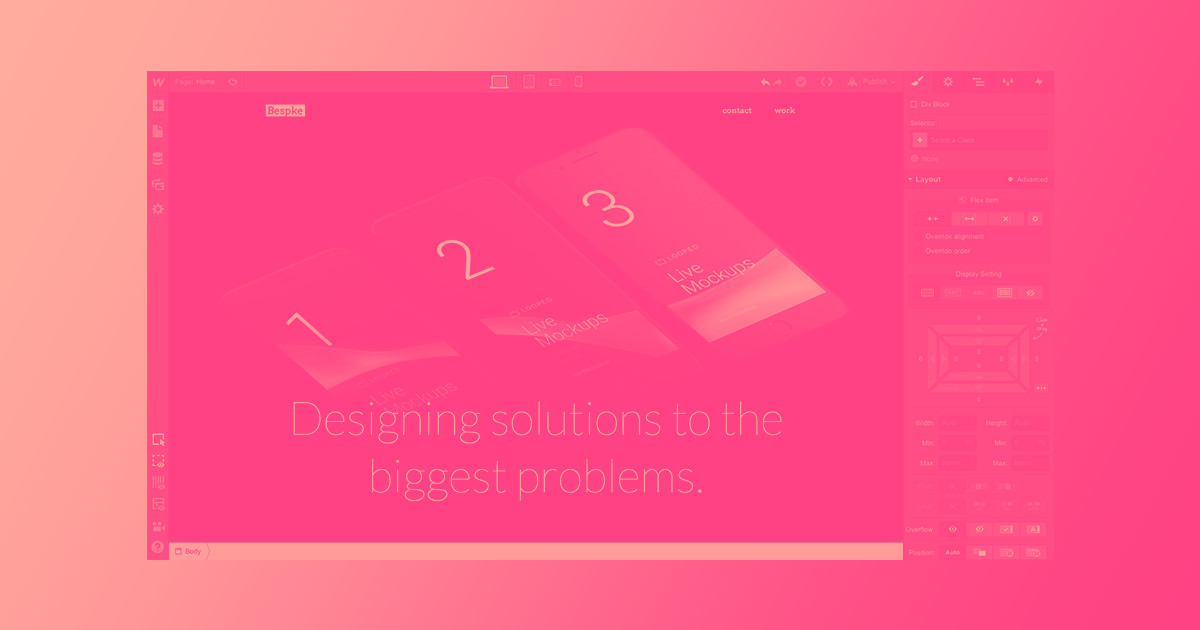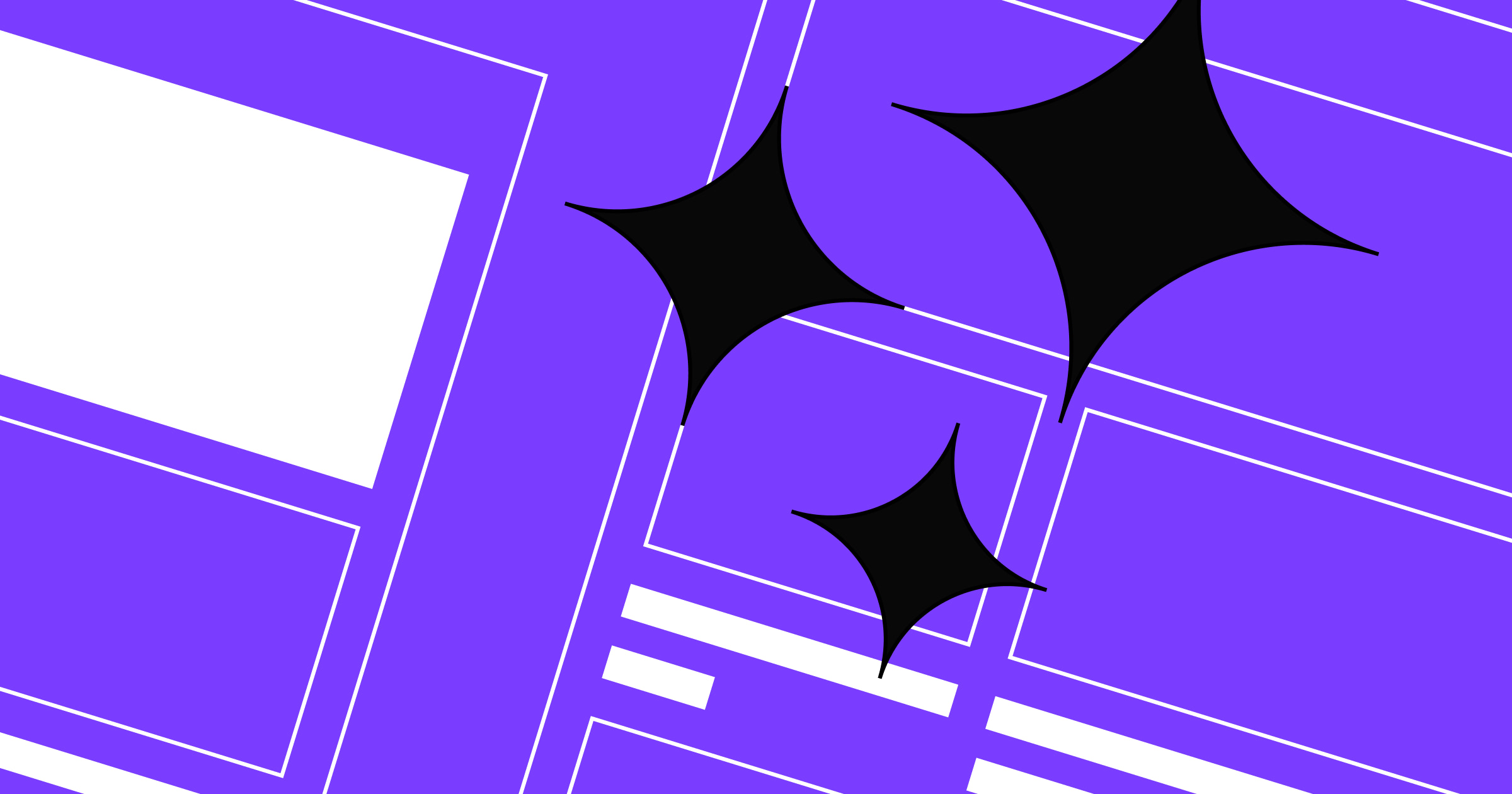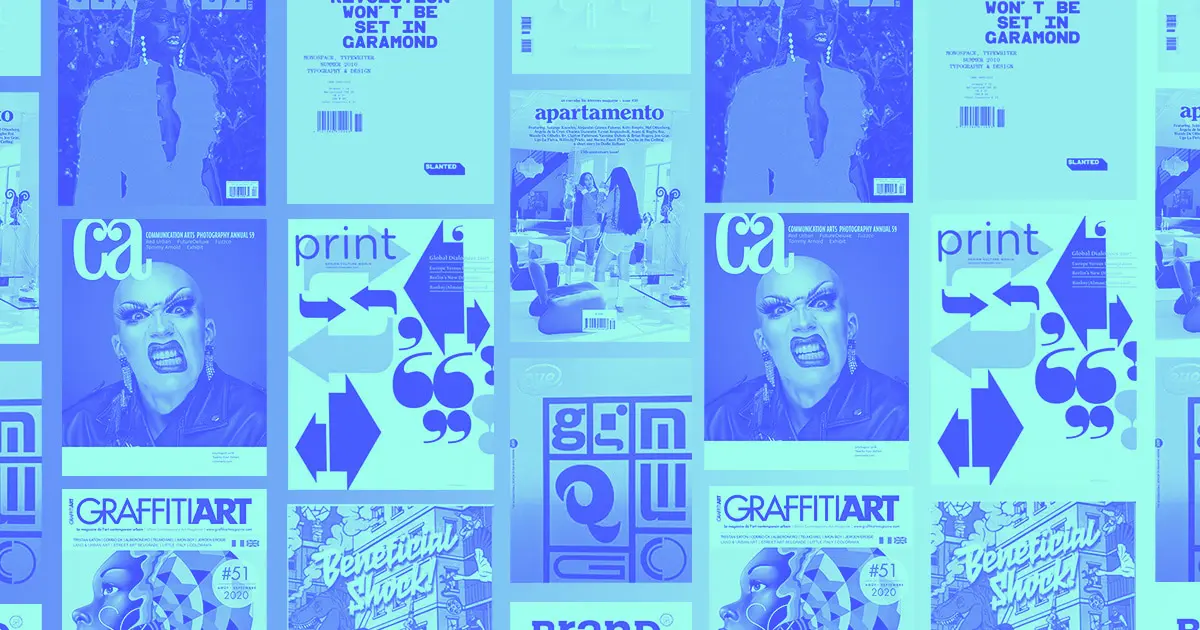Graphic design stands at the intersection of creativity and communication, focusing on arranging visual elements to convey messages effectively.
While the term “graphic design” was coined in the 1920s, the art form itself has long been an essential part of visual communication. Early examples of graphic design can be seen in ancient manuscripts and even prehistoric cave paintings.If you'd like to explore more about early design history, check resources like official museum websites or academic journals.
Today, the graphic design industry spans many different disciplines and specializations. It's an exciting field that’s constantly evolving. Yet, its adaptive nature can make it hard to understand exactly what graphic design is and what types of work graphic designers do.
In this article, we’ll cover what graphic design is, examples of different types, and how each design job differs.
What is graphic design?
Graphic design is the art of composing visual elements — such as typography, images, colors, and shapes — to communicate information or convey a message effectively. Designing the layout of a magazine, creating a poster for a theatre performance, and designing packaging for a product are all examples of graphic design.
In fact, almost everyone today practices some form of graphic design in their daily life — whether it’s adding text to an image for social media or color-coding a spreadsheet for work. Basically, if you’re creating visual content, you’re practicing some form of graphic design.
What is the main purpose of graphic design?
The objective of graphic design is to convey or enhance a message.
Good graphic art streamlines communication. Picture a spreadsheet with data analytics. A graphic designer might use different colors to highlight which metrics are rising and which are dropping, making it easier for the viewer to quickly understand what’s going well and what they need to adjust.
Well-executed graphic design can also elicit an emotional response from the viewer or even motivate them to take action. The “sign up” page on a website, for example, typically entices visitors to join an email list or start a free trial. Meanwhile, food packaging design aims to make the food inside seem more appealing to eat.
What does a graphic designer do?
As visual communicators of ideas, information, and messages, graphic designers use their artistic skills and technical expertise to undertake a variety of tasks and responsibilities, depending on the specific role or project they’re working on.
A graphic designer’s responsibilities range from brand and visual identity design to marketing design and advertising, web design, illustration, type design, infographic design, textile and surface design, packaging design, editorial or publication design, motion graphic design, and user interface design. Each of these aspects requires visual communication and team collaboration from graphic designers.
Visual communication is the foundation of graphic design, and it's the first step for each project you’ll take on. Graphic designers start this step by working alongside their client, department, or team to understand the project, its background, audience, goals, and other items provided by the client and/or brief. What follows is a collaborative brainstorm of ideas and visual concepts until it’s time to start the design, layout, and composition.
Essential principles of graphic design
Essential principles of graphic design include fundamental concepts such as contrast, balance, alignment, and hierarchy. A key part of design thinking is visual hierarchy — arranging elements in order of importance to guide the viewer's eye.
11 types of graphic design
These 11 fields highlight the wide range of opportunities in graphic design.
1. Brand and visual identity design
Brand and visual identity design are closely related aspects of graphic design; visual identity design is a subset of brand design.
Brand design is the practice of setting guidelines and best practices for a company to use across all branded materials to ensure a consistent brand identity. It encompasses a broad scope — a brand, its audience, and its strategy — whereas visual identity design focuses on specific visual elements or components within a brand’s design.
Brand designers help brands or companies strategically communicate and appeal to an audience.
This process involves defining a brand's identity, mission, messaging, and values and translating them into personality with a specific voice and tonality, as well as visual identity.
Once a brand or company determines their brand design, a brand designer can hone in on the visual components and elements that will represent the brand — its visual identity design. This design includes anything from determining color schemes and palettes to logo design, typography, iconography, graphics and imagery, graphics and imagery styles, applications (where to apply these visual designs; think business cards, websites, packaging, and other touchpoints), and lastly, brand guidelines.
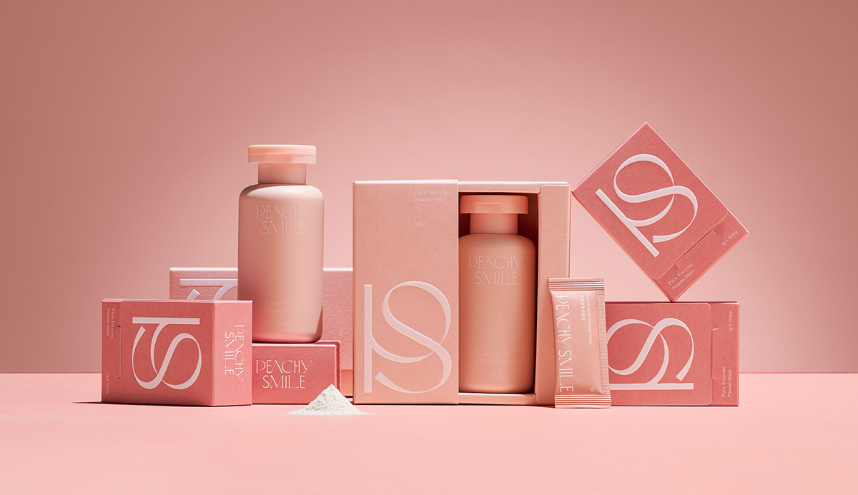
Brand design work includes but is not limited to:
- Designing logos and setting clear guidelines for how to use them
- Designing letterhead, icons, and various illustrations
- Selecting brand colors and setting clear guidelines for their use
- Creating or selecting fonts and typography guidelines
- Creating templates that follow the brand guidelines and that marketing, growth, and other teams can use
- Packaging design and graphics for product design
Good brand designers understand marketing design, web design, logo design, and many other aspects of graphic design because their decisions will affect all subsequent design projects for that brand.
If you’ve never worked with brand design guidelines before, check out Starbucks’ creative expression website. This example shows how to include various initiatives in brand design and the type of guidelines a brand designer should create to maintain a consistent visual identity.
Other brand graphic design examples include Aráceas by Walter Mattos, Fernanda Galindo, and Bruno Krazler and PureBud by Motaleb Hossain.
Brand design is evolving at a particularly fast pace. As technology develops, brands are always looking for new ways to engage with their target audience — which means their brand design needs to support new and shifting channels. So, if you enjoy taking on new challenges and keeping up with the latest trends, brand design might be a great fit for you.
2. Marketing design
Marketing design is graphic design for marketing initiatives. Marketing designers may work on smaller, one-off projects such as promotional emails, and on larger multi-faceted projects such as ad campaigns, seasonal campaigns, or designing boothsand handouts for conventions and tradeshows.
Marketing design can include:
- Social media campaigns
- Email marketing campaigns
- Newsletters
- Billboards and other signage
- Posters
- Print ads
- Trade show booths and other materials
- Physical mailers
- Web and mobile assets
Marketing design uses the guidelines and messaging set by brand designers to communicate a specific message for a single campaign, asset, or platform. Let's take a look at a few campaign and asset examples.

3. Web design
While many graphic artists design visual elements for a brand's websites, it’s important to note that web design is not the same as graphic design.

Designing a great website is a multidisciplinary undertaking as websites are interactive rather than fixed assets like brochures or magazines. You need graphic design skills as well as experience with user experience (UX) and user interface (UI) design, which is why teams of multiple professionals with complementary skill sets typically design websites.
Web designers may work on projects including:
- Creating icons and buttons
- Designing web page layouts
- Creating various interactive design elements on a website
- Optimizing visual elements for all devices (desktop, mobile, etc.)
- Working with web development, UX, UI, and marketing design teams to improve the overall experience for site visitors
Plenty of graphic designers are also web designers with knowledge of UX design and create beautiful websites and mobile apps without the support of a large team. With the help of platforms like Webflow, designers can create stunning interactive websites without needing extensive knowledge of coding.
4. Illustration design
Illustrations are often part of web, marketing, and brand design, but they’re also useful in other ways. Some designers focus solely on offering illustrations and work with larger design teams, contributing individual assets for various projects.
Illustrators may design visual assets for:
- Children’s books
- T-shirts and other wearables
- Cards and stationery
- Websites
- Social media
- Video and interactive media
- Marketing campaigns
Illustration style and design process can vary drastically from designer to designer. Some artists work almost exclusively in digital formats using graphic design tools such as Adobe Illustrator, Photoshop, or Procreate, and others blend digital media with physical media, preferring to start with a pencil and paper.
Get inspired by these three incredibly talented illustration graphic designers:
5. Type design
Some graphic designers specialize in creating or selecting typography, typeface, or fonts.
Type design can include:
- Creating custom lettering and numerals
- Writing or digitally creating typography assets
- Selecting fonts and creating typography guidelines for a brand
Humans rely heavily on words to communicate messaging, so type designers collaborate on a wide array of projects. Type designers contribute to brand design by creating, selecting, or pairing fonts. It’s also common for type designers to create assets for web, marketing, product, or package design.
Here are four type design examples from:
6. Infographic design
At their core, infographics are simply representations of data or information that can be consumed visually. They can take the form of 2D illustrations, interactive elements on a website, or even videos. The common thread is that they help the viewer more easily understand a large amount of information or complex concepts.
Check out this infographic by bby Pororo. Not only is it beautiful, but it is packed with everything a curious onlooker needs to know about peaches and their nutritional value.
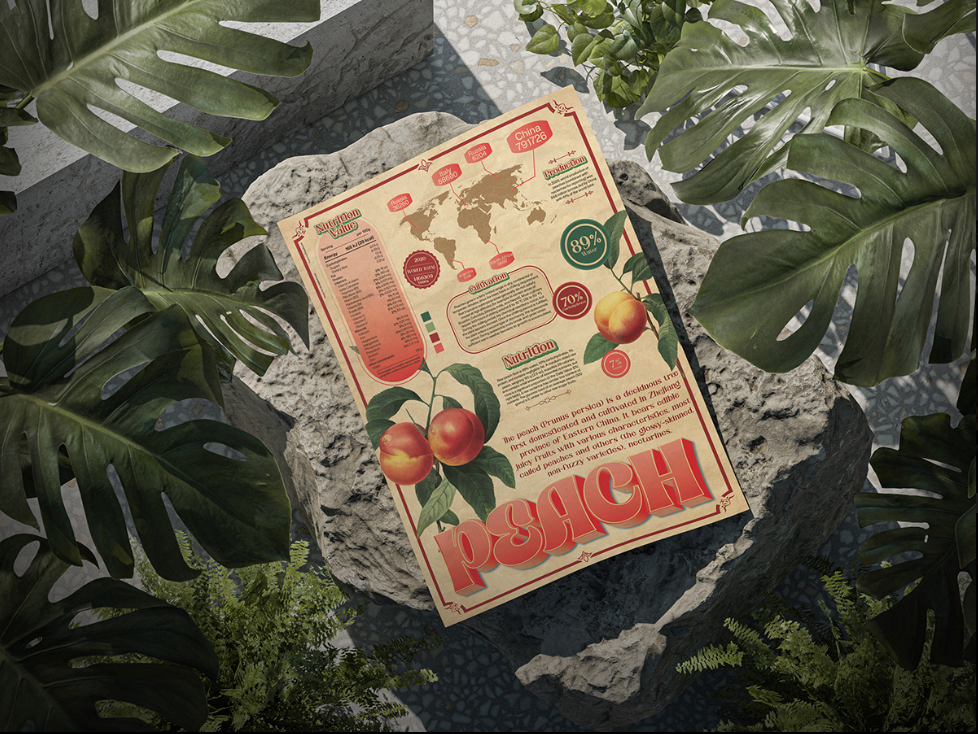



















Ultimate web design
From 101 to advanced, learn how to build sites in Webflow with over 100 lessons — including the basics of HTML and CSS.
7. Textile and surface design
Textile graphic designers may create designs for fabrics, wallpaper, carpets, and furniture. Many textile designers have experience not only designing graphics but also printing or creating textiles.
To be a great textile designer, you need to understand design principles, such as color theory and hierarchy, as well as what’s possible when using different dyes and fabrics because the material itself will affect the final look of a design.
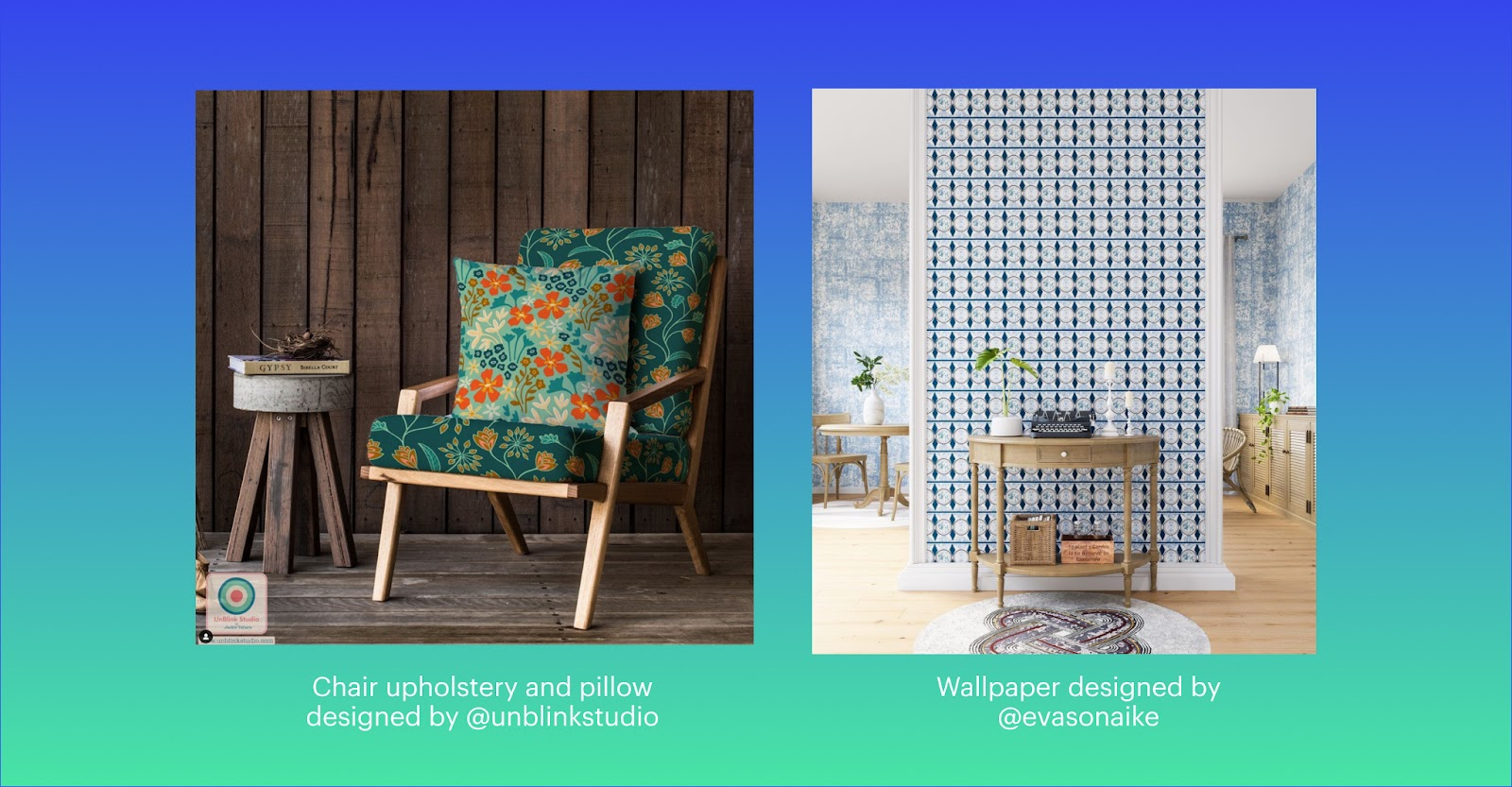
8. Packaging design
From food to gadgets to designer jewelry, the packaging that items are transported in is often just as important as the items themselves. Product packaging designers aim to show off or complement the items inside the packages.
9. Editorial or publication design
Editorial or publication design is a form of graphic design concerning print and digital publications.
Print publication graphic designers consider not only visual elements such as color, typography, whitespace, and imagery but also tactile features such as texture and quality of the print medium’s paper and cover and other print specifications.
Further, in today’s digital age, a digital publication graphic designer would consider the same elements, apart from the tactical features. Instead, they'd look at functionality, interactivity, animations, web and mobile formats, and other specifications for a digitalmedium.
Print and digital publication design spans:
- Books
- Magazines
- Newspapers
- Brochures
- Catalogs
- Newsletters
- Emails and other digital publications
Publication design sets the tone for a publication and can amplify the written word. Just picture a well-placed pull quote in a printed interview or a beautifully laid-out recipe book.
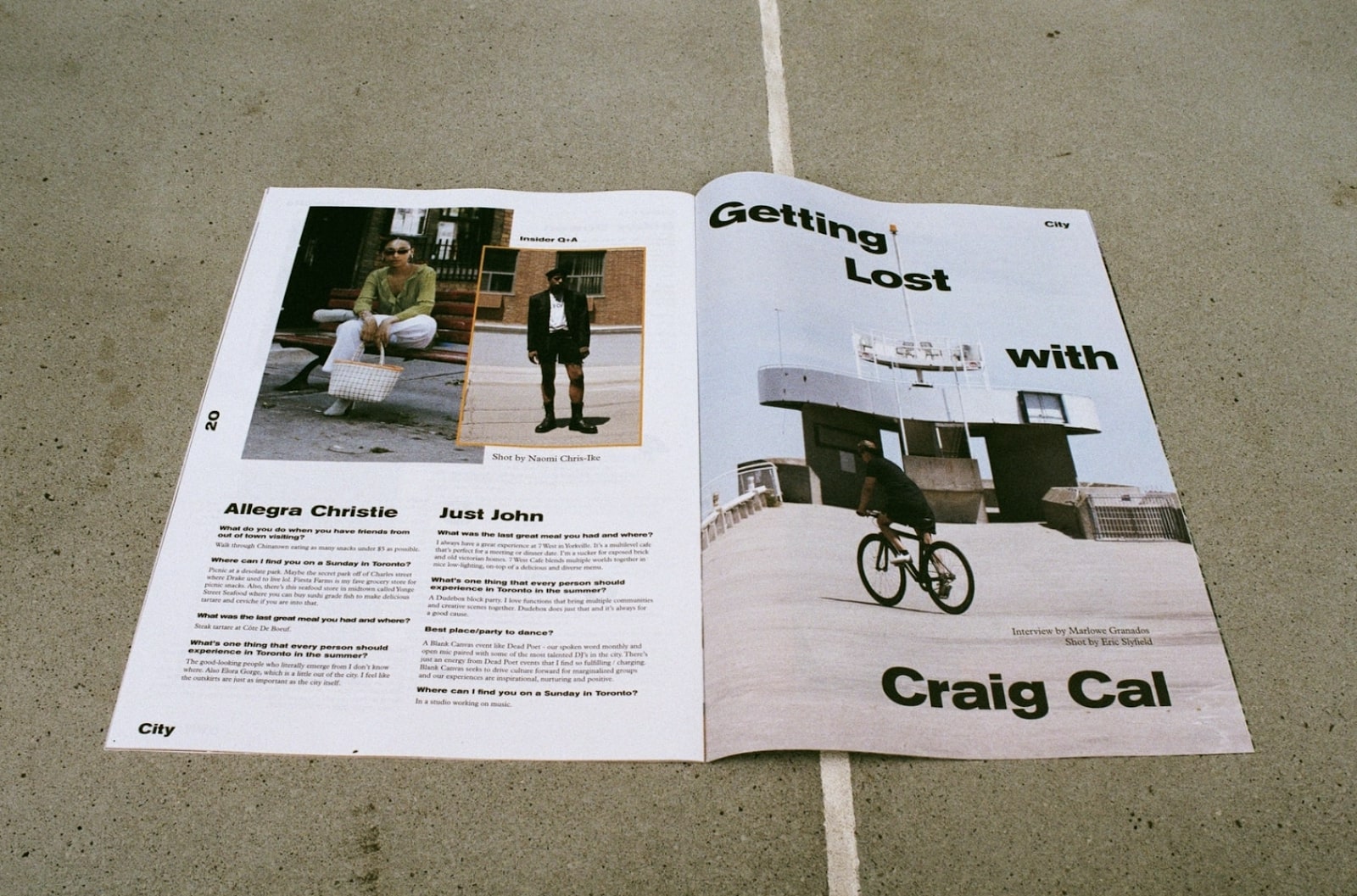
10. Motion design
Have you ever looked at a graphic design and imagined what it would look like if it were moving, had life, or a bit of motion? A motion graphic designer’s job is to do just that: breathe life into graphic designs by turning static graphics into captivating and engaging motion graphics.
Motion graphic design, or motion design, combines the principles of design with animation and film techniques to create dynamic visual content.
Common motion graphic design includes:
- Title sequences
- Explainer videos
- Marketing materials for social media, commercials, or web ads
- Animations and microinteractions
There’s also an element of storytelling in motion design. A good motion designer uses visual elements to guide the viewer through a story or concept.
Check out “This is Fine” by creative director Baron Maxime, graphic designer Angèle Bappel, creative front-end developer Risser Axel, and creative web developer Pierre Martinière. They do a wonderful job of creating a narrative and carrying it throughout the promotional graphics and the game itself, incorporating filmmaking techniques — an example of fabulous motion graphic design.

11. User interface design
Not to be confused with a user experience (UX) designer, a user interface (UI) graphic designer focuses on graphic designing user interfaces for digital products and applications.
This type of design incorporates elements of both UX and graphic design. From color-swatching buttons, icons, and menu bars to designing responsive layouts and microinteractions, user interface graphic designers facilitate smooth and intuitive interactions between users and digital products via aesthetically pleasing, user-friendly designs.
Some user interface graphic design examples include:
- Web and mobile app interfaces
- Software interfaces
- Gaming interfaces
- Smartwatch interfaces
- Smart appliance interfaces (i.e., smart refrigerators, smart TVs, and so on)
- In-car interfaces
- Interactive Kiosks and ATMs
Get started in graphic design
If you’re thinking of pursuing a career in graphic design, there’s no better way to get a feel for which disciplines interest you most than to play around with graphic design software and tools. Don’t forget to explore physical mediums, too. Many great digital designers begin projects with a piece of paper and a pencil or paintbrush.
Building a strong portfolio is a helpful way to showcase your creativity, highlight your technical skills, and demonstrate your design process. Potential clients and employers often look for concrete examples of your work, so including your best projects is key.

Get started for free
Create custom, scalable websites — without writing code. Start building in Webflow.





